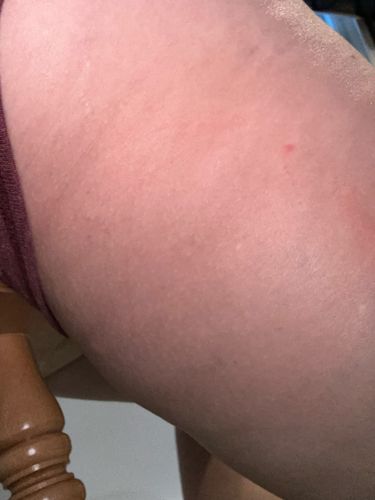Mosquito
Scientific Name: Culicidae (various genera and species)
Order & Family: Order: Diptera, Family: Culicidae
Size: 3 mm to 6 mm (0.12 to 0.24 inches)

Natural Habitat
Mosquitoes are found worldwide in various environments, especially near standing water bodies such as ponds, swamps, marshes, and even small containers like buckets or clogged gutters, as these are essential for their larval development.
Diet & Feeding
Female mosquitoes feed on blood from various hosts, including humans, for egg production. Both male and female mosquitoes feed on nectar, plant sap, and honeydew as their primary energy source.
Behavior Patterns
Mosquitoes are most active during dawn and dusk but can bite at any time. They are attracted to carbon dioxide, body heat, and certain scents. Only female mosquitoes bite, as they require a blood meal for egg development.
Risks & Benefits
Potential risks include transmitting diseases such as West Nile virus, Zika virus, dengue fever, malaria, and chikungunya. Bites can also cause itchy welts and allergic reactions. Benefits are minimal to humans, but they serve as a food source for other animals and some species are pollinators.
Identified on: 9/3/2025